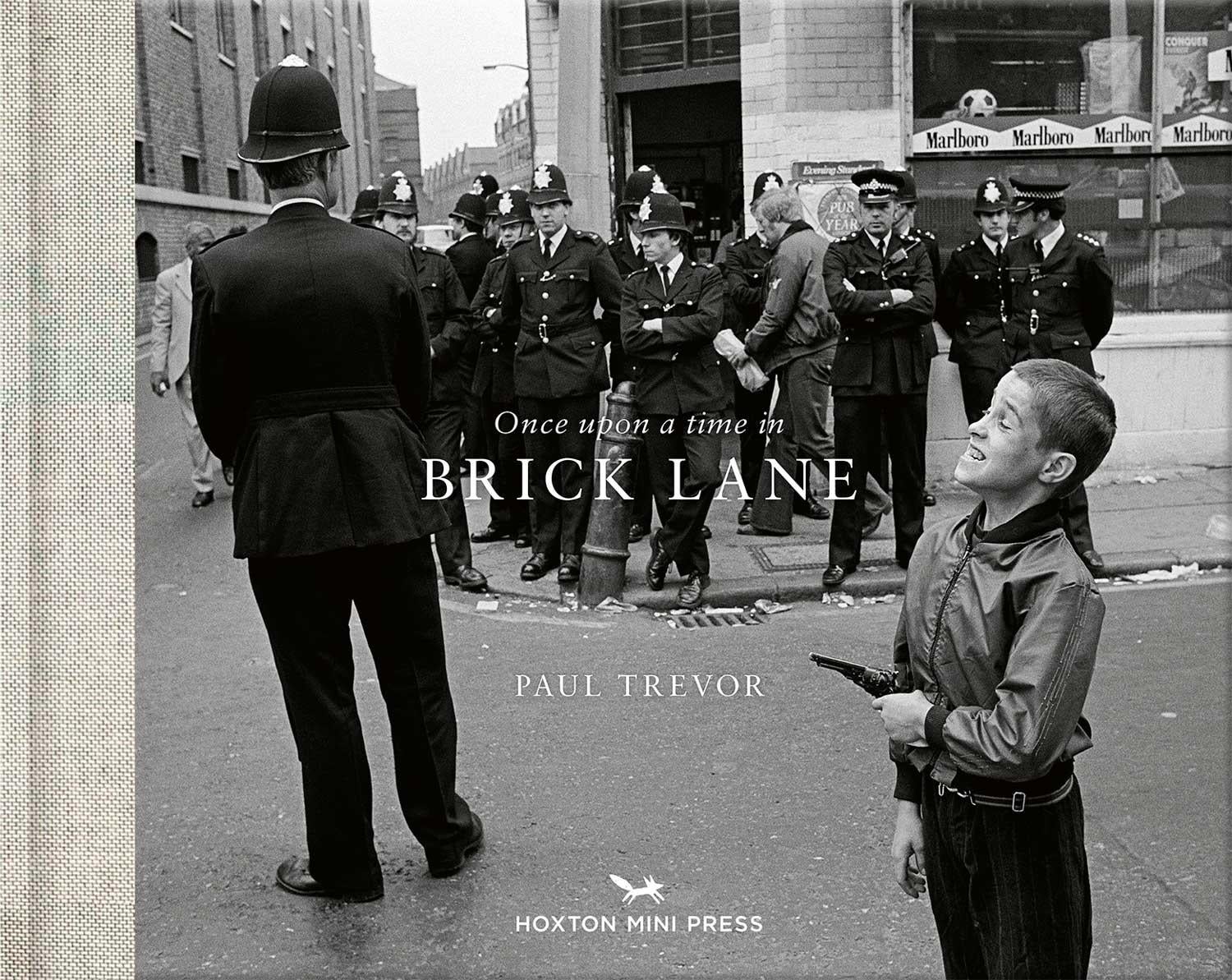Gritty pictures of a lost Brick Lane
Paul Trevor’s spirited photographs of Brick Lane in the 1970s and 1980s bring a forgotten London back to life
Your support helps us to tell the story
From reproductive rights to climate change to Big Tech, The Independent is on the ground when the story is developing. Whether it's investigating the financials of Elon Musk's pro-Trump PAC or producing our latest documentary, 'The A Word', which shines a light on the American women fighting for reproductive rights, we know how important it is to parse out the facts from the messaging.
At such a critical moment in US history, we need reporters on the ground. Your donation allows us to keep sending journalists to speak to both sides of the story.
The Independent is trusted by Americans across the entire political spectrum. And unlike many other quality news outlets, we choose not to lock Americans out of our reporting and analysis with paywalls. We believe quality journalism should be available to everyone, paid for by those who can afford it.
Your support makes all the difference.Before Brick Lane was covered in street art and boutique shops, it was a half-formed mishmash of litter-strewn market stalls, smoky pubs and corrugated iron half-covering decades-old bomb sites.
The east London road, an artery linking Bethnal Green to Spitalfields, was home to a mix of teddy boys, cockney housewives and newly-arrived Bangladeshi migrants in dapper flared suit trousers.
Paul Trevor spent three decades documenting the area, creating an archive of a London street life that now, after decades of gentrification and the disappearance of playing children, looks starkly foreign.
A self-taught photographer, Paul Trevor’s instinctual approach was perfectly suited to London’s chaotic street life. More attuned to the gritty, kinetic tradition of William Klein and Daido Moriyama than the lyricism of British photographers like Bill Brandt, his work shouts rather than sings. His Brick Lane photographs are full of a determined spirit of survival in a place which was then still rife with poverty and racial violence.
Paul Trevor photographed inner cities across Britain throughout his career; his Brick Lane work from the 1970s and 1980s has now been collected into a book from Hoxton Mini Press, titled Once Upon a Time in Brick Lane.

The fairy-tale name nods to a long-lost world brought back to life by the immediacy of the photographer’s gaze. “Looking at Paul’s photographs, you can see all the special, fleeting, human moments,” writes screenwriter Alan Gilbey in the book’s introduction. “With the flick of a shutter, at the perfect time, these people live again. Even in monochrome, there is so much life.”
Once Upon a Time in Brick Lane by Paul Trevor is published by Hoxton Mini Press
Join our commenting forum
Join thought-provoking conversations, follow other Independent readers and see their replies
Comments